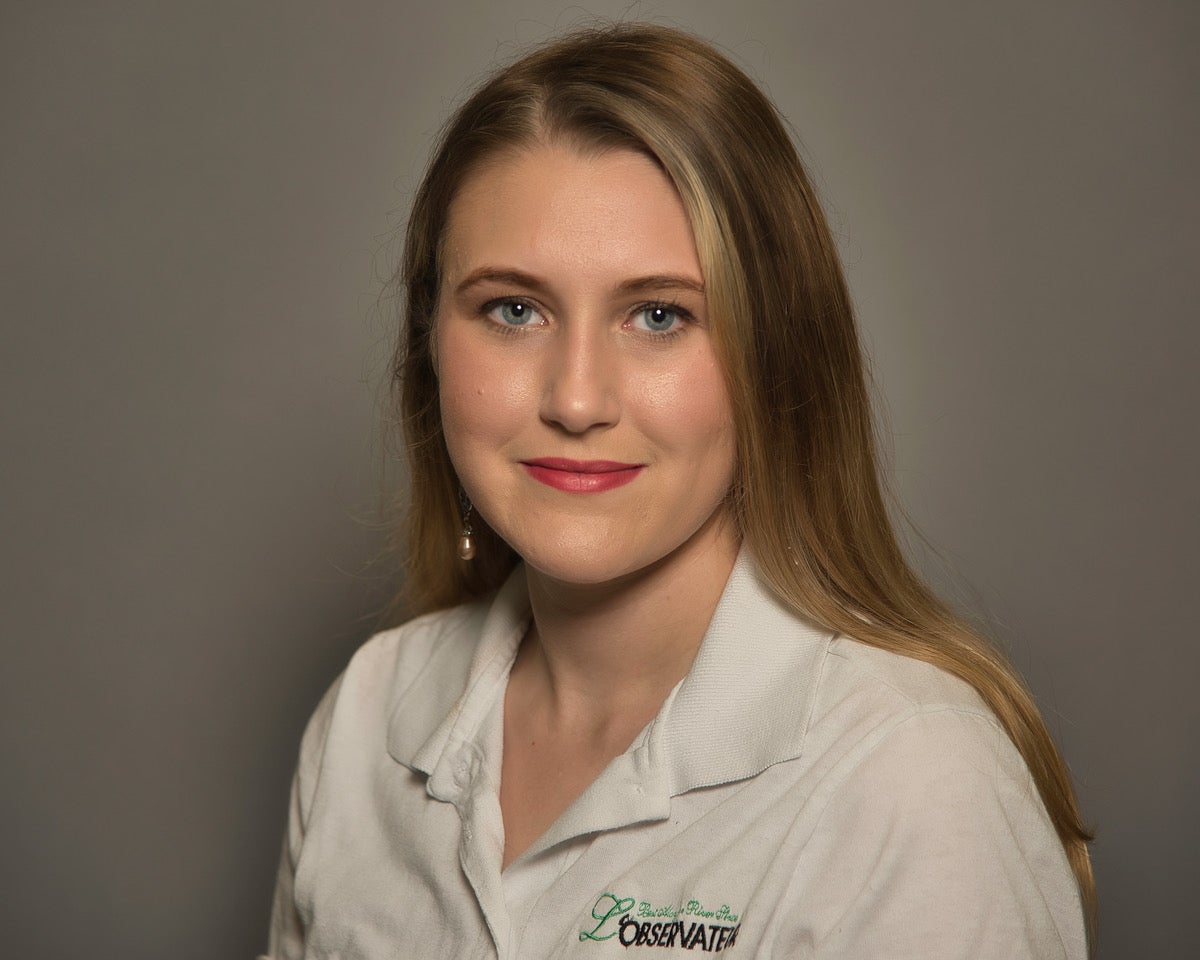Living in the yellow & other tips for situational awareness
Published 6:48 am Wednesday, March 1, 2023
|
Getting your Trinity Audio player ready...
|
Are you living in the yellow? I’m not referring to the wall color of your home or the tint the sky takes on before a severe weather threat. Condition yellow, as defined by Cooper’s Color Codes of Awareness, refers to a relaxed awareness of what is going on around us.
During a situational awareness class I attended alongside my colleagues at the St. Charles Parish Sheriff’s Office, I learned most of us tend to “live in the white.” In condition white, our minds are occupied by something other than our immediate environment, and cell phones are a common culprit. I realized I was guilty of staring down at my phone while moving from place-to-place for work, always trying to text or call someone to schedule my next move. In the process, I was making myself vulnerable through lack of awareness of my surroundings.
Through my work, I’m often meeting strangers for the first time, and I’m often alone. By the time this piece is published, I’ll also be a first-time mom with precious cargo to protect. I’ve implemented much of what I learned through the situational awareness course into my everyday life, and it’s my hope that sharing this will encourage others to do the same.
Understanding Cooper’s Color Codes was the first step toward heightened awareness. Instead of living in the white, being distracted by our phones or our thoughts, we should always aim to be in a relaxed state of awareness of what is going on around us. Condition yellow is the sweet spot. This will shift to condition orange, heightened awareness, when we are alerted to something or someone that could be a potential threat. If it becomes clear that potential threat is an imminent threat requiring an immediate response, we shift to condition red. One step further would be condition black, where we lose control of the situation by becoming immobilized with panic.
The choices we make can lessen the likelihood of a dangerous situation taking us by surprise. Prior to taking the course, I would often park my car by the cart return when going to Walmart or other shopping centers. While this can be a perceived convenience, our instructor pointed out that we are less likely to be aware of a dangerous individual lurking close to our vehicles in this situation because we expect people to walk up to the cart return. It would be obvious if a stranger were to follow us to a different parking spot.
The same logic applies when choosing a seat in a restaurant. While I can’t admit to being as alert as our instructor, who always scans a room of people to identify the most likely threat, a video he showed us during the class has stuck with me. A group of officers were caught in an ambush that ended in tragedy, and they didn’t take note of the threat coming toward them because they were seated near the drink machine. Like the cart return, it’s normal to expect someone to approach you in this location. When visiting a restaurant or another public space, it’s always a good idea to maintain good visibility of the surroundings and identify exits.
Changes can also be made to enhance safety in a home or office location, such as installing lights and security cameras. Even the presence of these protective measures can be enough to deter a perpetrator from targeting a property. Since taking the class, we have taken steps to make the newspaper’s office safer and more visible at night. The extra (very bright) lighting has proved useful, especially since the sun started setting earlier in the winter months.
One more lesson I have carried with me since the SCSO course deals with the OODA loop. It’s not just a fun word to say, but rather an acronym that stands for Observe, Orient, Decide and Act. We go through these steps unconsciously with every interaction we have, but being aware of the process can serve as a protective measure. Moving through this thought-pattern deliberately can hasten our decision-making skills, and we also have the power to choose an unexpected action to throw off another person’s OODA Loop. Forcing a perpetrator to re-orient themselves gives us more chance to move to safety.
I found the situational awareness class to be a worthwhile resource, and it was even better that it was offered for free, practically in my own backyard. The St. Charles, St. John and St. James Sheriff’s Offices have a variety of resources available to the community, not only related to situational awareness, but also self-defense and firearms training, hunter’s education, citizen’s academy courses, and much more. Please consider taking advantage of these resources meant to build safer communities. Many of the classes are offered for free and others for a
small fee.
St. John Sheriff’s Office is offering a women’s defense class on Saturday, March 11, 2023 from 9 a.m. to noon at the Lloyd B. Johnson Law Enforcement Training Center, 947 Cambridge Drive in LaPlace. For more information or to register call 985-359-8968.
Brooke R. Cantrelle is news editor for L’OBSERVATEUR. She can be reached at brooke.robichaux@lobservateur.com.





